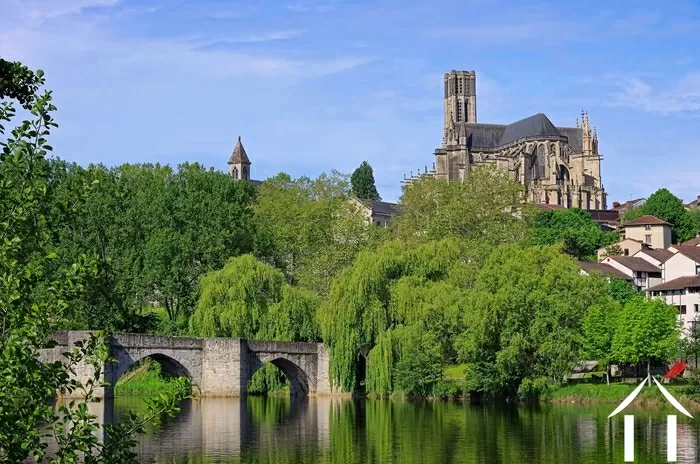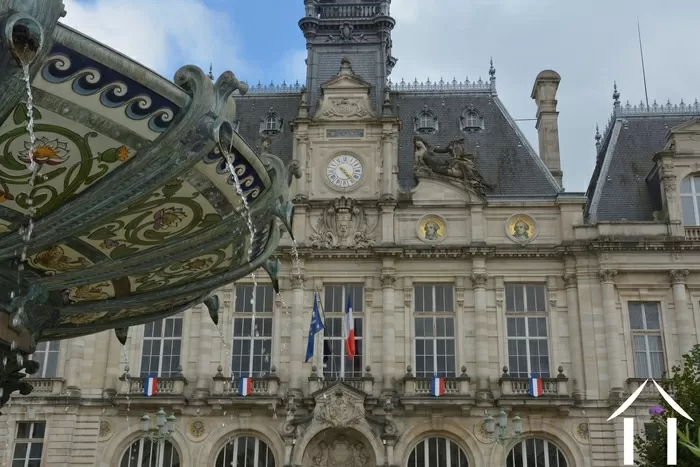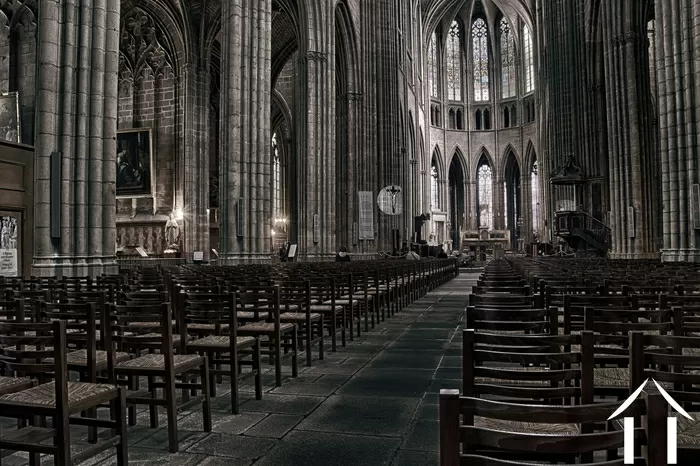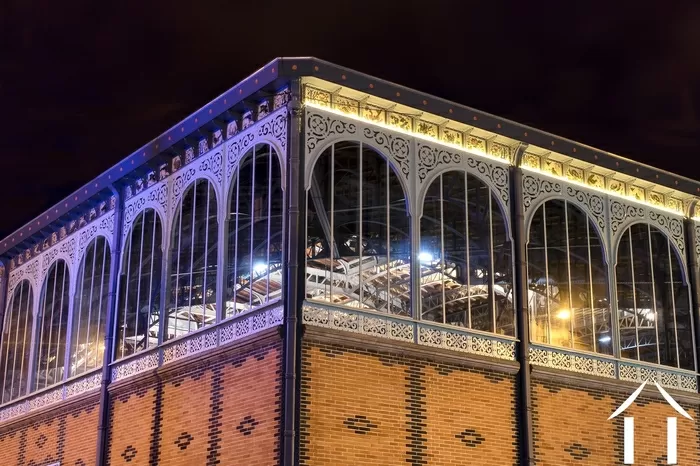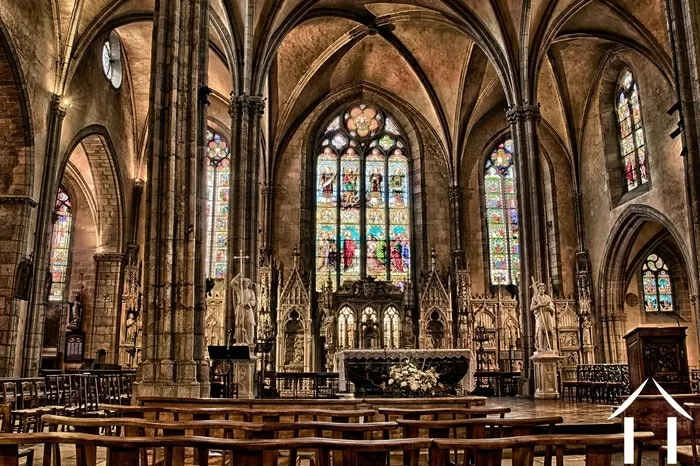MUST VISIT
Mention the town of Limoges and the chances are someone will talk of its world-famous reputation for porcelain pottery… But there is a lot more to this hidden gem of a town that has played an important role in the history of France, particularly during the Middle Ages.
